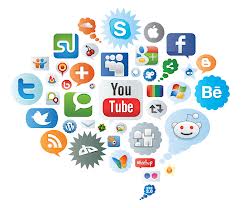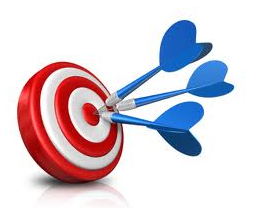 As people try to assess changes to the marketing profession over the past decade or so, they’re almost always left with a key question: What is e-marketing? The answer is something that’s constantly evolving, much like the marketing industry itself, but it’s easy to answer this question with some examples of how today’s best marketers are turning their focus to Internet sources and digital outreach.
As people try to assess changes to the marketing profession over the past decade or so, they’re almost always left with a key question: What is e-marketing? The answer is something that’s constantly evolving, much like the marketing industry itself, but it’s easy to answer this question with some examples of how today’s best marketers are turning their focus to Internet sources and digital outreach.
Shifting Statistical Interests to the Online World
Marketing has always been perceived by the outside world as something like the statistical counterpart to advertising, where professionals constantly observe how well consumers respond to certain pitches, products, and the like. That’s actually still a somewhat accurate depiction of at least one part of marketing. However, marketers are increasingly letting Internet tools do the statistical analysis for them. Thanks to things like Google Analytics, it’s possible to launch a new campaign and monitor customers’ location, web browser, online click patterns, and even how long they remained on an advertisement’s landing page. In some cases, such tools can even be used to monitor the typical age, gender, and other personal characteristics of the audience.
Using analytic tools, e-marketers craft online marketing campaigns that are targeted to very small groups of people with whom a product, service, or corporation is most likely to resonate. It’s easily the most scientific part of the profession, and it’s significantly more advanced than anything used prior to the advent of Internet marketing and monitoring.
Social Outreach Engages a New Generation of Potential Customers
Another key component of the e-marketing profession is the utilization of social media tools for the benefit of company outreach and advertising. Using the analytics mentioned earlier, those involved in digital marketing create viral Facebook status updates, Twitter posts, and even YouTube videos or Instagram photos, and post them to company accounts. Fans or followers of the company then interact with those posts by retweeting, liking, commenting, sharing, or reposting. This type of marketing essentially lets the company’s audience do the leg work. Their likes, comments, and recommendations serve as a word-of-mouth referral that gains new customers and hits to that company’s website.
E-marketing professionals are well-versed in how this process works, since it’s a central part of their job. In fact, according to Forbes Magazine, it’s considered the dominant trend in the profession for 2014 and beyond. Typically, they’ll craft posts that reach out to specific demographic groups with different keywords, phrases, and promoted products. If they get the results they like, they’ll keep going. If not, they’ll view analytics data and revise their approach so that they reach their demographic more convincingly next time.
Related Resource: What is Mobile Marketing?
E-Marketing Professionals Vary Formats and Devices
Finally, it’s worth remembering that electronic materials can be seen outside of just a traditional desktop web browser. Today’s best online marketing campaigns are being seen on tablet devices like the iPad, smartphones, connected cars, and even smart watches. That means e-marketing must be versatile enough to be seen on screens of any size, in environments of any kind, by the target demographic group. This is where an analytics tool really comes in handy.
Using information about which browser and device customers are using, e-marketing can target specific applications to users on the go, users who are working on a project via their tablet, or even those users who are in the car. The goal of e-marketing is to replace consumer research with consumer outreach, finding people wherever they take care of their daily business and guiding them toward a company’s offerings.
A Growing Field of Highly Technical Professionals
Online marketing is the next generation of the marketing profession, designed to replace spreadsheets and print campaigns with analytics tools, targeted social media posts, and electronic outreach. For those wondering, “what is marketing?” the answer is simple: It’s the next evolution of client outreach and customer cultivation, designed specifically for the digital age.
